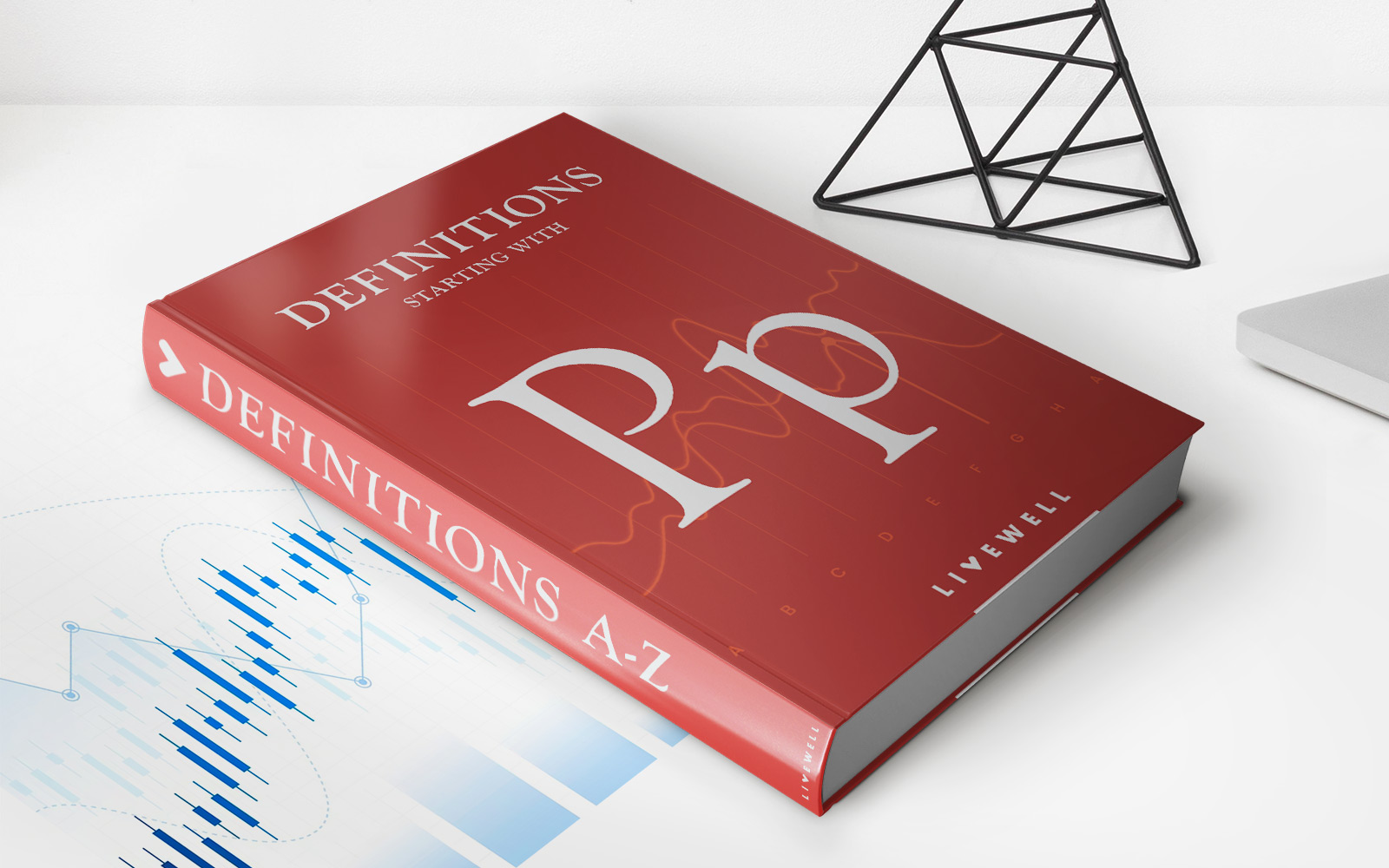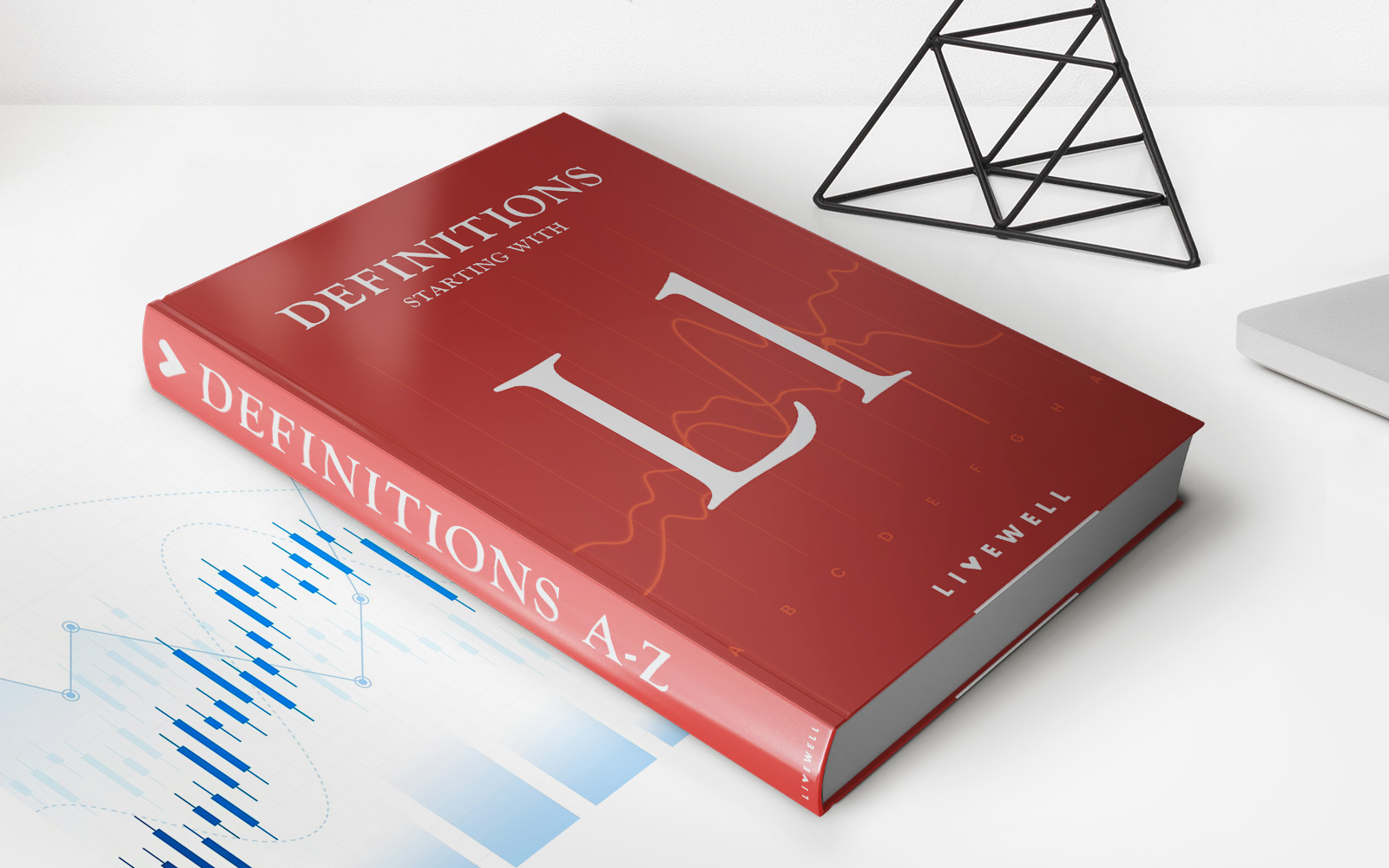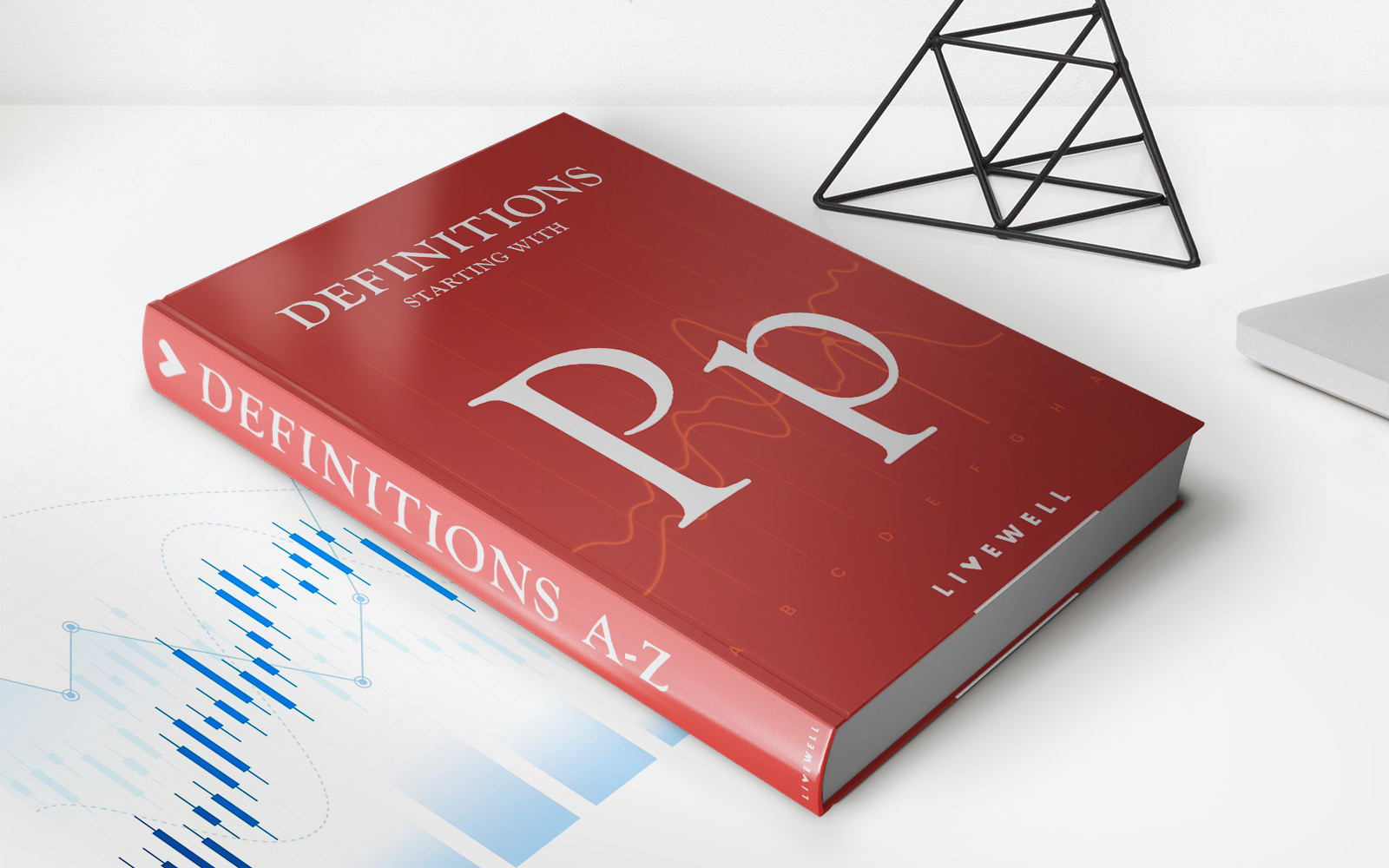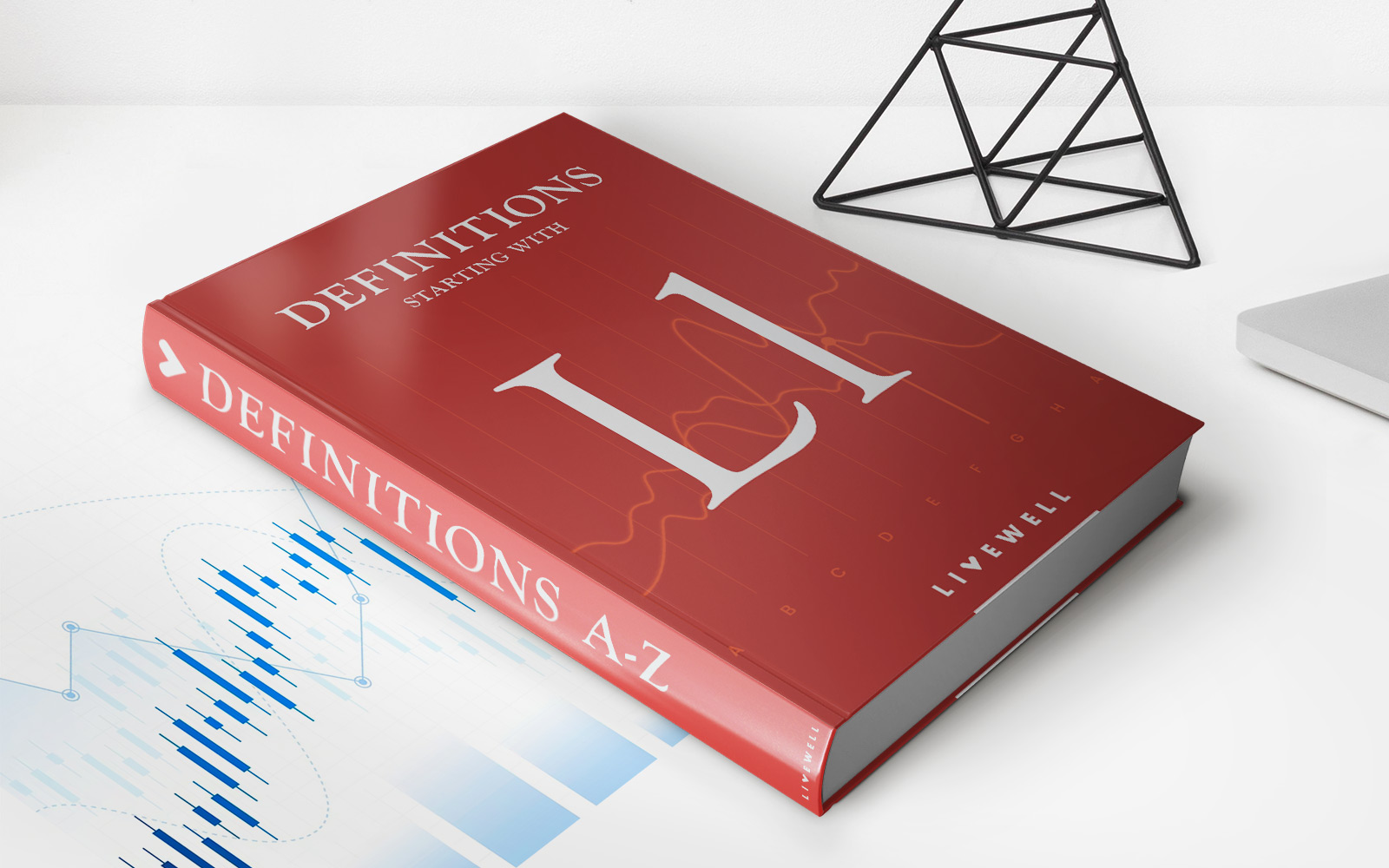Home>Finance>Position Definition-Short And Long Positions In Financial Markets


Finance
Position Definition-Short And Long Positions In Financial Markets
Published: January 9, 2024
Learn the definition of short and long positions in finance and how they affect financial markets. Gain insights into the world of finance and make informed investment decisions.
(Many of the links in this article redirect to a specific reviewed product. Your purchase of these products through affiliate links helps to generate commission for LiveWell, at no extra cost. Learn more)
Understanding Short and Long Positions in Financial Markets
When it comes to investing in the financial markets, understanding the concepts of short and long positions is crucial. These terms may sound complex, but they are actually quite simple to grasp. In this article, we will demystify the ideas of short and long positions and explore how they can be utilized in finance.
Key Takeaways:
- A long position refers to an investor buying an asset with the expectation that its value will increase over time.
- A short position, on the other hand, involves selling an asset that the investor does not own, with the belief that its value will decrease.
So, what exactly do short and long positions mean in the financial world?
A long position simply means that an investor purchases an asset, such as stocks, bonds, or commodities, with the expectation that its value will appreciate over time. This is the most common type of investment, where investors aim to profit from the growth of the asset’s value. In a long position, the investor is said to own the asset and has the right to sell it in the future for a higher price.
On the other hand, a short position is a little different. In a short position, an investor sells an asset that they do not own, typically by borrowing it from a broker. The investor sells the asset with the belief that its value will decline, allowing them to buy it back at a lower price in the future. The difference between the selling and buying price represents their profit. Short selling is often used by investors who anticipate a downward trend in the market or want to hedge against potential losses.
Here are some key aspects to consider when it comes to short and long positions:
- Risk and Reward: Long positions offer unlimited upside potential as the assets can appreciate significantly. However, if the asset value decreases, the investor can lose the entire investment. Short positions, on the other hand, have limited upside potential as the asset price can only fall to zero, but the investor can profit even if the asset declines in value.
- Timeframe: Long positions are typically held for an extended period, allowing the investor to take advantage of the asset’s growth. Short positions, on the other hand, are often shorter-term trades, taking advantage of market downturns or specific events that may affect the asset’s value.
- Leverage: Short selling usually involves borrowing assets from a broker, which enables investors to amplify their potential gains or losses. This can increase both risk and reward in short positions.
In conclusion, short and long positions are fundamental concepts in finance that every investor should understand. Whether you are bullish on an asset’s prospects and want to go long, or you anticipate a decline and consider a short position, understanding these strategies can help you make informed investment decisions. Remember, it’s always advisable to consult with a financial advisor or do thorough research before engaging in short or long positions.














